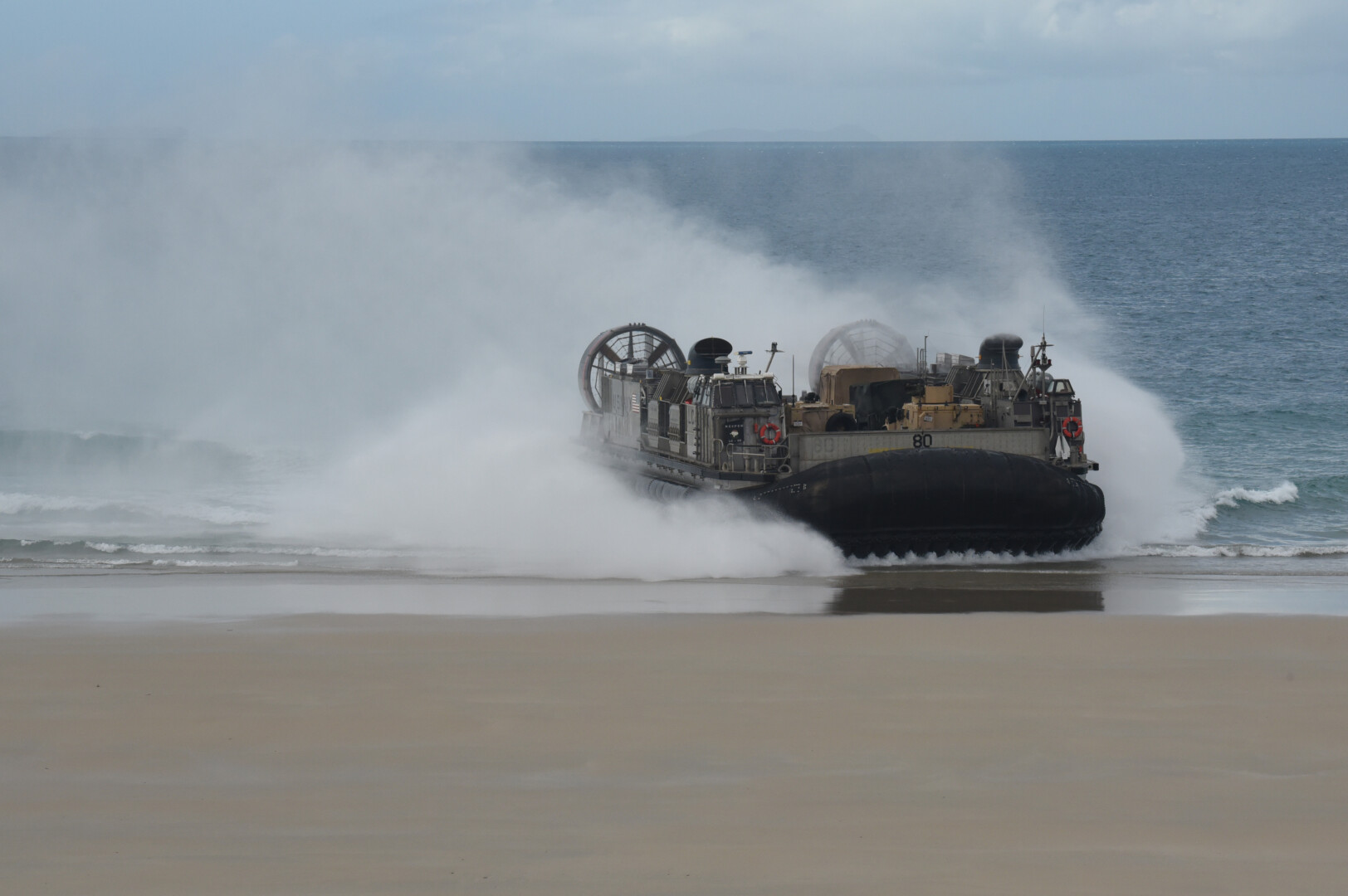China
Marine Corps’ Force Design Strategy: Enhancing Mobility and Lethality to Counter China

The National Defense Strategy emphasizes the critical need to bolster U.S. military deterrence against China and be prepared to defeat it if necessary. To address this challenge, the Marine Corps implemented its “Force Design” strategy six years ago. Commandant of the Marine Corps Gen. Eric Smith recently discussed the progress and challenges of this strategy at the Brookings Institution, a prominent policy and governance research group in Washington.
Gen. Smith highlighted the primary threats from Beijing, including China’s explicit goal of seizing Taiwan and constructing military outposts on disputed islands in the South China Sea. These actions underscore the importance of the first island chain, which includes Japan, the Philippines, Papua New Guinea, and Australia, in controlling critical sea lanes and maintaining regional stability.
The Force Design strategy aims to enhance the mobility of Marines, reduce their targetability, and increase the range, precision, and lethality of their weapons. As part of this initiative, the Marine Corps has eliminated its tank units, which are deemed ineffective in a potential conflict with China. Instead, the focus has shifted to long-range fires, such as artillery, loitering munitions, and rocket-assisted projectiles. Unmanned aerial systems like the MQ-9A Reaper, along with advanced radar and sensor technologies, are integral to this new approach.
Air capabilities within the Marine Corps are also undergoing significant modernization. The F-35B Lightning II fighter jet, the CH-53K King Stallion helicopter, and the MV-22 Osprey are pivotal assets, demonstrating excellent performance and reliability.
A crucial component of the strategy involves amphibious ships for transporting Marines and their equipment. Gen. Smith emphasized the necessity of maintaining a minimum of 31 amphibious ships to support three amphibious-ready groups for Marine expeditionary units: one on the U.S. East Coast, one on the West Coast, and one in Okinawa, Japan. He noted that substantial cost savings could be achieved through multiship, multiyear procurement, which would also ensure continuous employment for shipbuilders.
In addition to shipbuilding, increasing munitions production is essential. Gen. Smith stressed the importance of keeping workers employed in the defense industry to prevent them from seeking opportunities elsewhere.
Advancements in Joint All-Domain Command and Control (JADC2) are also pivotal for connecting sensors with shooters and ensuring seamless coordination among various military units. Furthermore, developments in autonomy and machine learning are expected to play an increasingly significant role in force design, enhancing the capabilities and effectiveness of the Marine Corps.
The Force Design strategy represents a comprehensive effort to adapt to evolving threats and ensure that the Marine Corps remains agile, lethal, and ready to counter any challenges posed by China.








